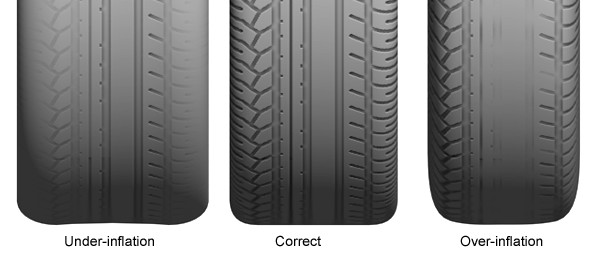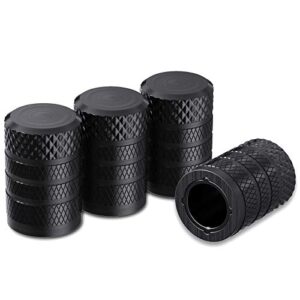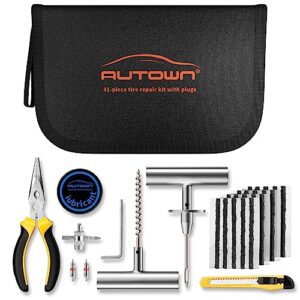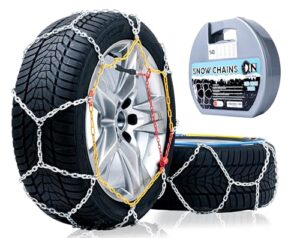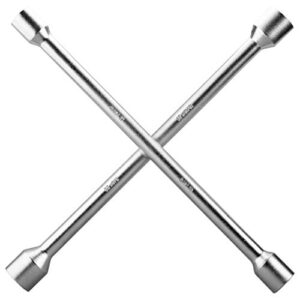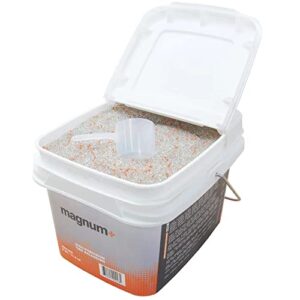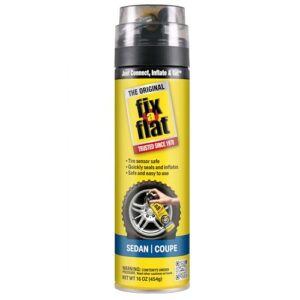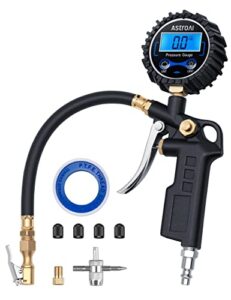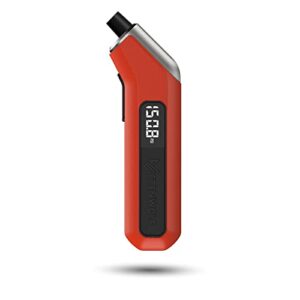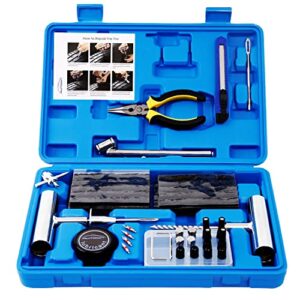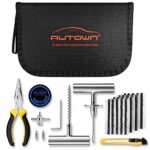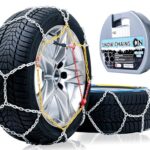To read tire tread patterns, examine the grooves and ridges on the tire’s surface. Look for wear indicators and uneven patterns.
Understanding tire tread patterns is crucial for vehicle safety and performance. These patterns help in assessing the tire’s grip, handling, and overall condition. Different tread designs serve various driving needs, from wet conditions to off-road terrains. Regularly inspecting your tire treads can prevent accidents and extend tire life.
Uneven wear may indicate alignment issues or other mechanical problems. Always ensure your tires have sufficient tread depth to maintain traction. Properly reading and interpreting these patterns can save money and increase driving safety. Check your tires frequently for optimal performance and safety.
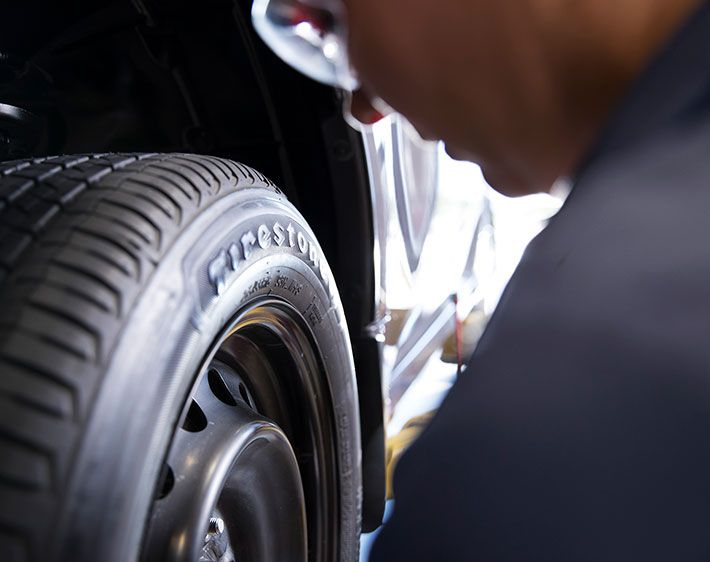
Decoding Tire Tread Patterns
Understanding tire tread patterns can improve your driving safety. Tread patterns affect how your car handles different road conditions. Let’s dive into the details of why tread patterns matter and the types of tread patterns available.
Why Tread Patterns Matter
Tread patterns play a crucial role in your tire’s performance. They help with water drainage, grip, and noise reduction. Here are some reasons why tread patterns matter:
- Water Drainage: Proper tread patterns prevent hydroplaning by channeling water away.
- Grip: Different patterns offer better traction on various surfaces, like snow or mud.
- Noise Reduction: Specific designs can minimize road noise for a quieter ride.
Types Of Tread Patterns
There are several types of tread patterns, each with unique features. Knowing these can help you choose the right tire for your needs. Here are the main types:
| Type | Description | Best For |
|---|---|---|
| Symmetrical | Identical patterns on both halves of the tire. | Everyday driving and long tire life. |
| Asymmetrical | Different patterns on inner and outer halves. | High-performance handling and traction. |
| Directional | V-shaped patterns designed to rotate in one direction. | Excellent water evacuation and high-speed stability. |
| Hybrid | Combination of symmetrical and directional patterns. | Versatile performance in varied conditions. |
Each tread pattern serves a specific purpose. Choose the one that best fits your driving needs and conditions.
Analyzing Wear And Tear
Understanding how to read tire tread patterns is crucial for vehicle safety. Analyzing wear and tear can reveal important information about tire health. This section will guide you through the process.
Signs Of Uneven Wear
Uneven tire wear can indicate various issues. Look for these signs:
- Center Wear: Over-inflation can cause the tire to wear more in the center.
- Edge Wear: Under-inflation often results in wear on the tire’s edges.
- Patch Wear: Misalignment or suspension issues can cause patchy wear.
- Cupping: This can suggest suspension problems or unbalanced tires.
| Type of Wear | Possible Cause |
|---|---|
| Center Wear | Over-inflation |
| Edge Wear | Under-inflation |
| Patch Wear | Misalignment |
| Cupping | Suspension Issues |
Impact Of Driving Habits
Driving habits significantly affect tire wear. Here are some examples:
- Frequent Braking: Sudden stops can cause rapid tread wear.
- High-Speed Driving: Driving fast wears down tires quicker.
- Sharp Turns: Taking sharp turns can wear down the edges.
- Off-Road Driving: Rough terrains can cause irregular tread wear.
Monitoring your driving habits can help extend tire life. Regular tire maintenance is essential for safe driving.
Tread Depth And Vehicle Safety
Understanding tread depth is crucial for maintaining vehicle safety. Tread depth affects how your tires grip the road. This grip is vital for safe driving, especially in wet conditions. Ensuring your tire tread is within safe limits can prevent accidents. Learn how to measure tread depth and know the legal limits.
Measuring Tread Depth
Measuring tread depth is simple. You need a tread depth gauge. Follow these steps:
- Place the gauge in the tread groove.
- Press the top bar of the gauge flat against the tire.
- Read the measurement on the gauge.
If you don’t have a gauge, use a penny. Insert the penny into the tread with Lincoln’s head facing down. If you can see all of Lincoln’s head, your tread is too shallow.
Legal Tread Depth Limits
Different regions have different legal tread depth limits. In many places, the legal minimum is 2/32 of an inch.
| Region | Legal Tread Depth |
|---|---|
| United States | 2/32 of an inch |
| European Union | 1.6 mm |
| United Kingdom | 1.6 mm |
Driving on tires below the legal limit is unsafe. It can also lead to fines. Always check your local regulations to stay compliant.

Interpreting Tread Wear Indicators
Understanding tire tread patterns can keep you safe. Tread wear indicators help you know if your tires need replacing. These indicators are small but vital.
Locating Wear Bars
To find wear bars, look between the tire treads. Wear bars are small rubber bridges. They run across the grooves of the tire. Wear bars are located evenly around the tire.
| Tire Part | Indicator Location |
|---|---|
| Tread | Between the grooves |
| Sidewall | Near the edge |
Reading The Indicators
Check if the wear bars are level with the tread. If they are, your tire is worn out. New tires are needed for safety. Tires with low tread can cause accidents.
Use a tread depth gauge for more accuracy. Insert the gauge into the groove. Read the measurement to see tread depth. Tires should have a minimum depth of 2/32 inch.
- If depth is less than 2/32 inch, replace the tire.
- If depth is more, the tire is safe.
Maintaining Optimal Tread Health
Maintaining optimal tread health is crucial for safe driving. Healthy tire treads ensure your car grips the road properly. This reduces the risk of accidents, especially in wet conditions. Below, we explore key practices to keep your tire treads in top shape.
Regular Rotation And Alignment
Regular tire rotation and alignment are vital. This practice ensures even wear across all tires. You should rotate your tires every 5,000 to 7,000 miles.
Proper alignment keeps your car stable. Misalignment leads to uneven tread wear. This can cause your tires to wear out faster. Check your alignment at least once a year.
Choosing The Right Tires
Choosing the right tires impacts tread health. Different tires suit different driving conditions. For wet weather, choose tires with deep grooves. For dry conditions, opt for tires with wider treads.
Use the table below to help decide which tire type suits your needs:
| Condition | Recommended Tread Pattern |
|---|---|
| Wet Roads | Deep Grooves |
| Dry Roads | Wider Treads |
| Snow/Ice | Studded Treads |
Always choose quality tires from trusted brands. Quality tires last longer and wear evenly. This saves you money in the long run.
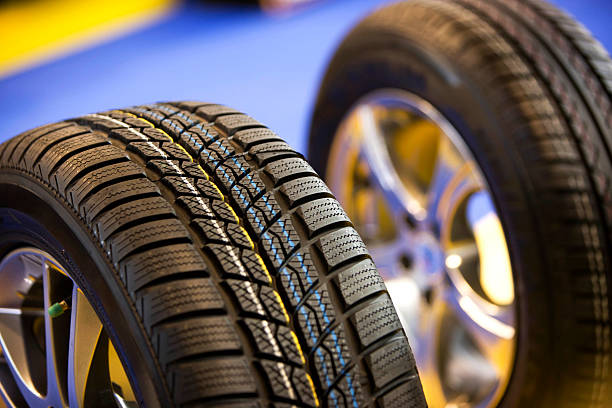
Frequently Asked Questions
How Do You Read A Tread Pattern?
To read a tread pattern, examine the grooves and blocks on the tire. Look for wear indicators. Check for asymmetrical, directional, or symmetrical patterns. Asymmetrical patterns have different inner and outer sides. Directional patterns point in one direction for optimal performance.
Symmetrical patterns have identical sides for versatile rotation.
How Do You Read Tire Wear Patterns?
Check for uneven tire wear patterns like cupping, feathering, and balding. These indicate alignment or suspension issues. Regularly rotate tires and maintain proper inflation to ensure even wear. Consult a professional for severe wear patterns.
What Do Different Tread Patterns Mean?
Different tread patterns provide specific benefits. Symmetrical patterns offer a smooth ride and long tread life. Asymmetrical patterns improve handling and cornering. Directional patterns improve wet traction and reduce hydroplaning. Each pattern optimizes performance for various driving conditions.
Is The Penny Test For Tires Accurate?
The penny test for tires is somewhat accurate but not the best method. Use a tire tread depth gauge for precision.
What Do Tire Tread Patterns Mean?
Tire tread patterns indicate the tire’s ability to grip the road, disperse water, and provide stability.
Conclusion
Understanding tire tread patterns is vital for safe driving. Regularly check your tires to ensure optimal performance. Proper maintenance can prevent accidents and improve fuel efficiency. Always consult your vehicle’s manual for specific guidelines. Stay informed and keep your tires in top condition for a smoother, safer ride.


